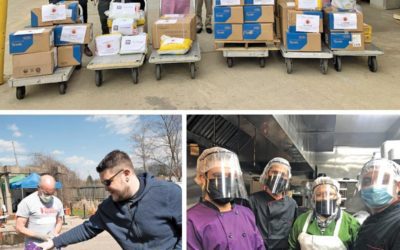“Sequestration was tough on us,” says Barbara Niess-May, executive director of SafeHouse Center. Cutbacks in several programs that help victims of domestic violence and sexual assault cost the center more than $18,000. “But the thing that was really stunning was that HUD said the emergency shelter is no longer a priority,” Niess-May continues. “We had been getting $100,000 [a year], and now that’s gone.”
Niess-May says HUD is “focusing on addressing homelessness by providing rapid rehousing. [But] for the people who are coming to SafeHouse, it’s often not reasonable for them to go into housing right away. Forty percent are sure they’re going back” to the relationship they fled. “The other sixty percent are done with the relationship and need to move on, but it’s hard for them to get it together, and half aren’t able to reach the finish line.”
HUD’s grant covered a third of the shelter’s operating budget and a substantial chunk of SafeHouse’s total budget of $1.54 million. “We can’t cut [services],” says Niess-May. “We have to raise the money.” She reckons they need $200,000 by the end of October, the end of their fiscal year, and figures there’s only one way to do it: recruit more corporate and individual donors.
“We’ve been very aggressive,” Niess-May says. “The first quarter started in October, and it was our best quarter by far. We can do it only with community support, but funding an emergency shelter is an uphill climb. Right now, we have four-and-a-half months of operating funds in the bank, and we’re hoping to raise enough money so it doesn’t affect anybody. All trends are in the right direction.”
Asked what happens if they can’t replace the HUD funds, Niess-May emails that “At this point, it is simply too soon to tell. If the losses sustained this past year are permanent, our first strategy will always be to set fundraising goals to maintain current services levels. Reducing the level of services provided to the community will always be a last resort.”




